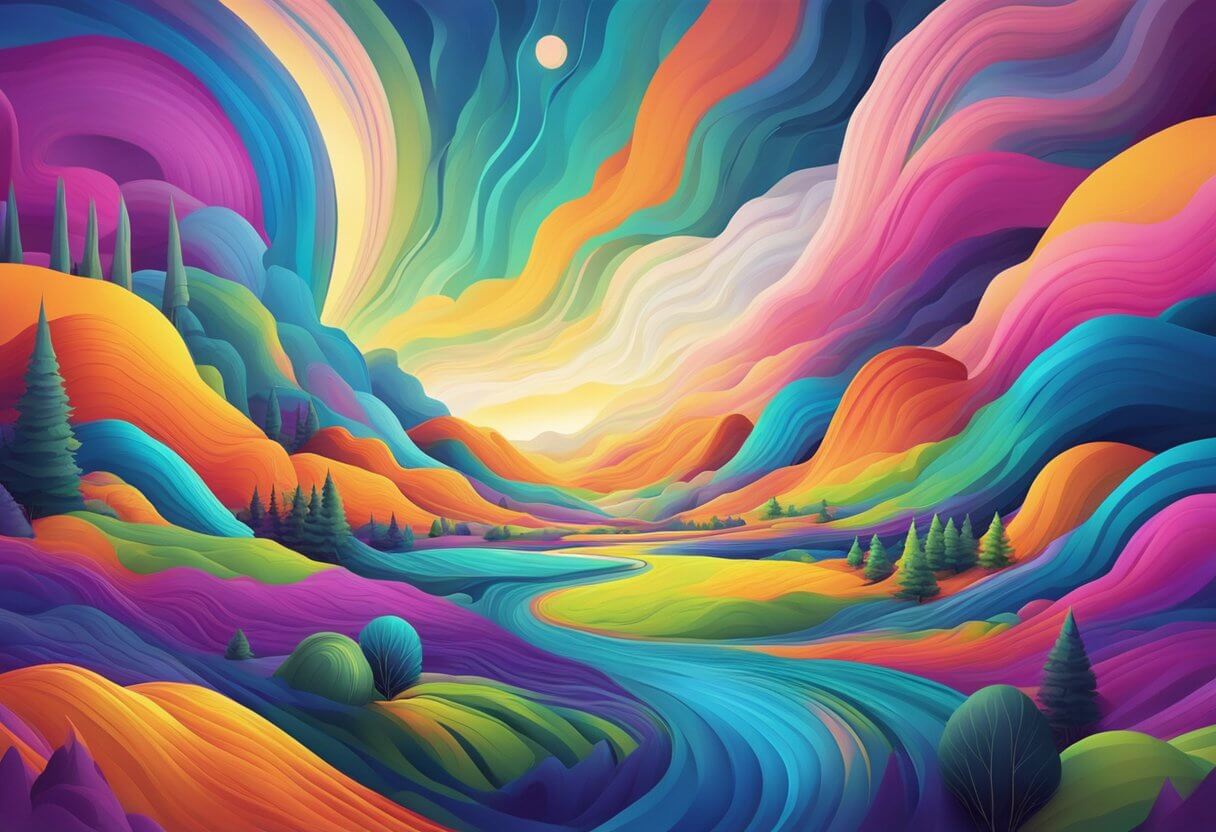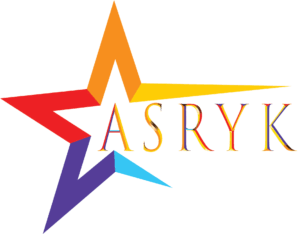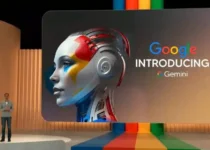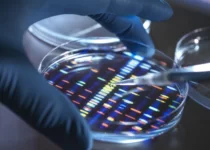DeepArt: Unveiling the Artistic Power of Artificial Intelligence
The realm of art has always held a captivating allure for humanity. From the prehistoric cave paintings to the modern masterpieces, artistic expression has transcended language, fostering a connection across cultures and generations. However, the ability to create art has traditionally been associated with human skill and imagination. In recent years, however, Artificial Intelligence (AI) has begun to encroach upon this domain, ushering in a new era of artistic exploration with tools like DeepArt.
DeepArt, encompasses a variety of platforms and applications that leverage the power of AI to transform ordinary images into captivating works of art. This article delves into the fascinating world of DeepArt, exploring its core technology, its impact on the art world, and the exciting possibilities it holds for the future.
Unveiling the Magic: Neural Style Transfer
DeepArt’s ability to artistically reinterpret images hinges on a powerful deep learning technique known as Neural Style Transfer (NST). Developed in 2015 by researchers at the University of Tübingen, NST essentially separates the content of an image (the objects and scene) from its style (the brushstrokes, colors, and overall aesthetic).
Imagine a photograph of your pet dog. The content of the image is your beloved canine, while the style might be the simplistic lines of a cartoon or the vibrant hues of a pop art piece. NST algorithms are trained on massive datasets of images and their corresponding styles. Through this process, they learn to recognize the distinct characteristics that define various artistic styles.
When you upload an image to a DeepArt platform, two things happen:
- Content Representation: The algorithm analyzes your image, dissecting it to understand the objects, shapes, and spatial relationships present. This information becomes the content representation.
- Style Transfer: You then choose a style reference image, perhaps a painting by Van Gogh or a photograph with a vintage aesthetic. The algorithm analyzes this image, extracting its stylistic elements like brushstrokes, color palettes, and textures. It then painstakingly applies these stylistic features to your content representation, essentially transforming your photo into a new image that embodies the chosen artistic style.
The outcome is an image that retains the core content of your original photograph but infused with the essence of the chosen artistic style. It’s as if your pet dog has stepped out of your camera roll and into a Van Gogh masterpiece.
DeepArt in Action: A Palette of Platforms
DeepArt isn’t a singular entity but rather an umbrella term encompassing various AI-powered tools that utilize NST for artistic image manipulation. Here’s a glimpse into some of the prominent DeepArt platforms:
-
DeepArt.io: This popular web-based platform boasts a user-friendly interface, allowing users to upload photos and choose from a diverse library of artistic styles. DeepArt.io offers various customization options, enabling fine-tuning of the artistic effect.
-
Deep Art Effects: This software application takes NST offline, allowing users to transform their photos on their personal computers. Deep Art Effects offers a wider range of editing functionalities beyond artistic style transfer, making it a versatile image editing tool.
-
Deep Dream Generator (not strictly DeepArt, but a related AI art tool): This online platform delves deeper into the realm of AI-generated art. While DeepArt focuses on transferring established artistic styles, Deep Dream Generator utilizes AI to create entirely new and often dreamlike imagery based on user-provided prompts.
These are just a few examples, and the landscape of DeepArt tools is constantly evolving.
A Brushstroke on the Canvas of Art: The Impact of DeepArt
DeepArt’s emergence has sparked a vibrant conversation about the role of AI in the art world. Here’s a look at its multifaceted impact:
-
Democratization of Art Creation: DeepArt empowers individuals with limited artistic experience to create visually stunning pieces. It allows anyone to experiment with artistic styles and express themselves creatively through AI-assisted tools.
-
A Catalyst for Artistic Exploration: DeepArt serves as a springboard for professional artists and designers. Artists can utilize DeepArt to explore new stylistic territories or generate variations on existing concepts, pushing the boundaries of their creative expression.
-
Blurring the Lines Between Human and Machine: DeepArt raises questions about the nature of art and artistic creation. Does an AI-generated image hold the same value as a traditionally created artwork? This ongoing debate has significant implications for our understanding of art and creativity.
-
Commercial Applications: DeepArt finds applications in various commercial spheres. Businesses can leverage DeepArt to create unique marketing materials, product designs, or social media content.
In the previous section, we explored the core technology behind DeepArt, its various platforms, and its impact on the art world. Now, let’s delve deeper into some of the intriguing aspects of DeepArt and the exciting future it holds.
Beyond Style Transfer: The Expanding Capabilities of DeepArt
While Neural Style Transfer remains the backbone of DeepArt, the field of AI-powered art generation is constantly evolving. Here’s a glimpse into some of the emerging trends:
-
Content Creation with AI: DeepArt tools are beginning to move beyond style transfer and explore content creation. Imagine prompting an AI to generate a fantastical landscape or a portrait in a specific style. These advancements hold immense potential for artists, game designers, and anyone seeking unique visual content.
-
Generative Adversarial Networks (GANs): This cutting-edge AI technique pits two neural networks against each other – one generating images, and the other attempting to distinguish them from real photos. Through this competitive process, GANs can produce highly realistic and creative imagery.
-
AI-Assisted Curation: DeepArt platforms might evolve to incorporate AI-powered curation tools. Imagine uploading a collection of photos and receiving suggestions on how to arrange them aesthetically or generate variations based on a chosen theme.
These advancements suggest that DeepArt has the potential to move beyond mere style transfer and become a comprehensive suite of AI-powered artistic tools.
The Ethical Landscape: Navigating the Challenges of AI Art
The use of AI in art creation raises several ethical considerations. Here are some key areas for discussion:
-
Copyright and Ownership: Who owns the copyright to an AI-generated artwork? Is it the user who provided the source material, the developers of the AI tool, or a combination of both?
-
The Artist’s Role: Does AI diminish the value of human creativity? Can AI be considered a collaborator in the artistic process, or does it merely replicate existing styles?
-
Bias and Discrimination: AI algorithms are trained on vast datasets of existing images. These datasets might contain biases that are then reflected in the AI-generated art. Addressing these biases is crucial for ensuring fair and inclusive AI-powered art creation.
Open discussions and collaborations between artists, AI developers, and legal experts are necessary to navigate these ethical complexities and ensure that AI art flourishes in a responsible and equitable manner.
DeepArt and the Future: A Canvas of Possibilities
The future of DeepArt is brimming with exciting possibilities. Here are some potential avenues for exploration:
-
Personalization: Imagine AI tools that tailor artistic styles to your individual preferences, learning your artistic tastes and generating personalized art experiences.
-
Interactive Art: DeepArt could evolve to create interactive art installations that respond to user input or environmental stimuli.
-
Education and Accessibility: DeepArt platforms could be integrated into educational tools, allowing students to explore different artistic styles and movements in an interactive and engaging way.
DeepArt has the potential to democratize art creation, foster new forms of artistic expression, and redefine our understanding of art in the digital age. As AI technology continues to evolve, DeepArt promises to be a powerful tool for both artists and art enthusiasts alike.
In conclusion, DeepArt represents a fascinating juncture where artificial intelligence meets artistic expression. It challenges traditional notions of art creation, democratizes artistic tools, and opens doors to innovative forms of artistic exploration. As DeepArt continues to evolve, one thing remains certain: the future of art is sure to be an exciting canvas painted with the vibrant strokes of both human creativity and artificial intelligence.



